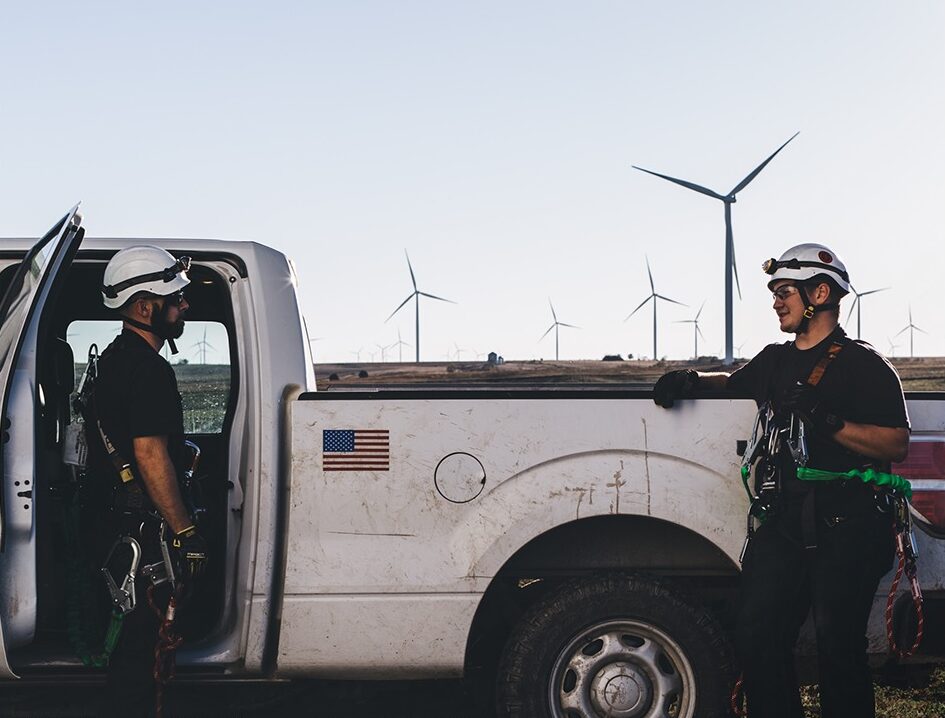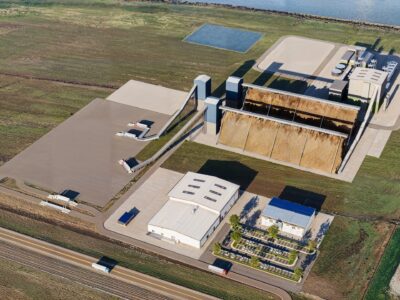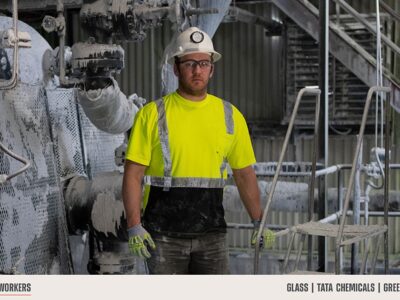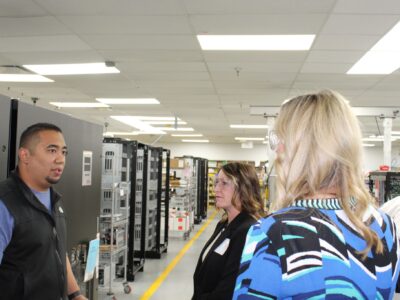In May, the American Clean Power Association (ACP) released its 2024 Clean Power Annual Market Report. ACP found that over the year, the U.S. deployed 48.7 GW of clean power capacity, 33% more than in 2023, setting a new annual record. Moreover, of all utility-scale generation capacity added in 2024, clean energy accounted for 93%, an increase from 77% in 2023.
As a result of 2024’s additions, the nation’s total clean power capacity reached 313.4 gigawatts (GW), spanning all 50 states, the District of Columbia, and Puerto Rico. That amount of clean energy can power 75 million American residences annually. It became the first year in which utility-scale solar and wind power combined generated more energy than coal, providing almost 16% of domestic electricity.

Photo Courtesy American Clean Power Association
Several clean technologies saw significant growth. The country added 33.3 GW of utility-scale solar capacity, a record amount of deployment and 55% more than the 21.4 GW that had been added in 2023. 2024’s solar additions, accounting for 64% of new capacity added during the year, brought the national cumulative solar total up to 130 GW. Plus, ACP wrote that “developers added new solar projects to the pipeline almost as fast as projects came online,” keeping the solar pipeline at around 90 GW. Shining states from the year included Kentucky, which increased its solar capacity by a factor of five year-over-year, and Louisiana, which increased its capacity by a factor of three. Of the 20 utility-scale projects exceeding 300 MW built during the year, the four largest, with capacities exceeding 500 MW, were located in Nevada, Texas, and Illinois.
11.2 GW of energy storage was added, another record and its first double-digit year, compared to the 8.3 GW that was added in 2023. 2024’s storage additions, accounting for 22% of new capacity added during the year, brought the national cumulative storage total to 29 GW. Battery storage has surged in the last half-decade; more than 95% of current capacity came online in the previous five years, and the current pipeline stands at 45 GW, following 49% year-over-year growth. Not only have battery module prices been falling, but according to ACP, storage presents a significant opportunity: “On its own, storage can provide ancillary services, smooth price spikes, and enhance grid reliability. Co-located with solar or wind, storage can enable operators to sell power into the grid when demand is highest… as well as when transmission lines are less congested.”
Although the wind industry fared less favorably in 2024, 132 megawatts (MW) of offshore wind came online, an annual installation record that brought the national cumulative total to 174 MW. This was due to South Fork Wind, the country’s biggest offshore wind project, coming online off New York’s coast. There is also 73 GW of capacity in the pipeline, enough to power 30 million American residences. In addition, in-ocean monopile construction work continues throughout the year on projects such as the Coastal Virginia Offshore Wind Farm, Revolution Wind, and Vineyard Wind 1.
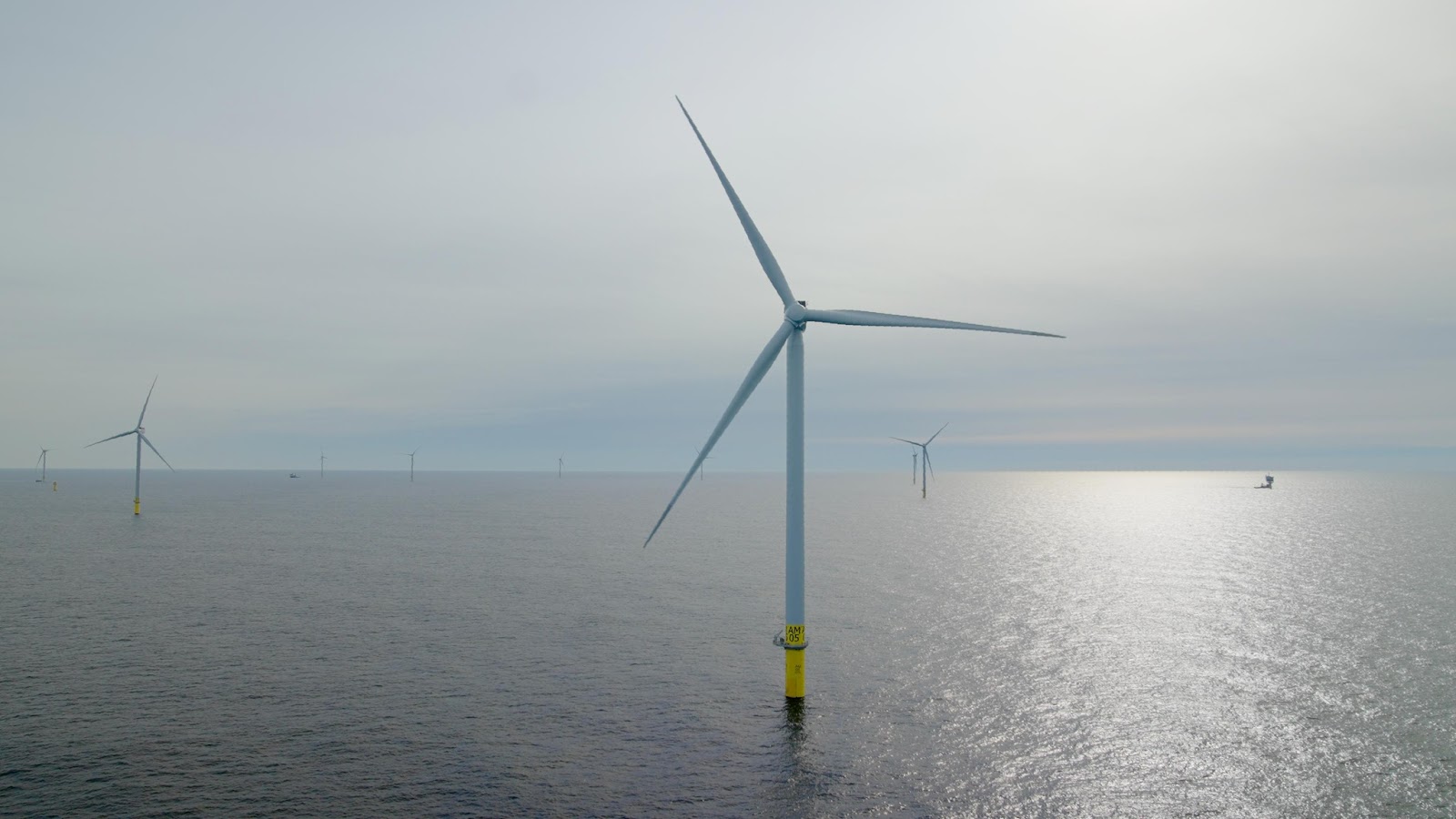
Photo Courtesy Ørsted U.S.
Combined, 2024’s clean energy generation projects equate to about $70 billion in investment. “That’s more annual investment than the entire U.S. auto industry typically makes in factories and equipment each year,” ACP wrote. These investments yield approximately $4 billion in state and local tax payments and land lease payments.
To date, the country has invested more than $600 billion in clean energy. Investments in solar grew 53% year-over-year to reach $46 billion, while investments in battery storage grew 31% year-over-year to reach $17 billion. Texas brought in the most investment, with $20.8 billion, but Wyoming, Nevada, and Mississippi saw the most significant shares of investment relative to their respective gross state products.
By the end of 2024, the clean energy industry was supporting 1.4 million American jobs. 460,000 of these positions are direct jobs, spanning project development, construction, operations, maintenance, and manufacturing. There are an additional 309,000 indirect jobs along the clean energy supply chain, as well as 630,000 induced jobs that benefit from the investment in their communities. ACP wrote, “Every job directly employed in the respective technology supported an estimated additional 2.6 jobs in wind and offshore wind, 2.0 jobs in battery storage, and 1.9 jobs in solar.” Although California and Texas accounted for the most jobs, Nevada had the highest concentration of jobs relative to its population, at 1.49%.
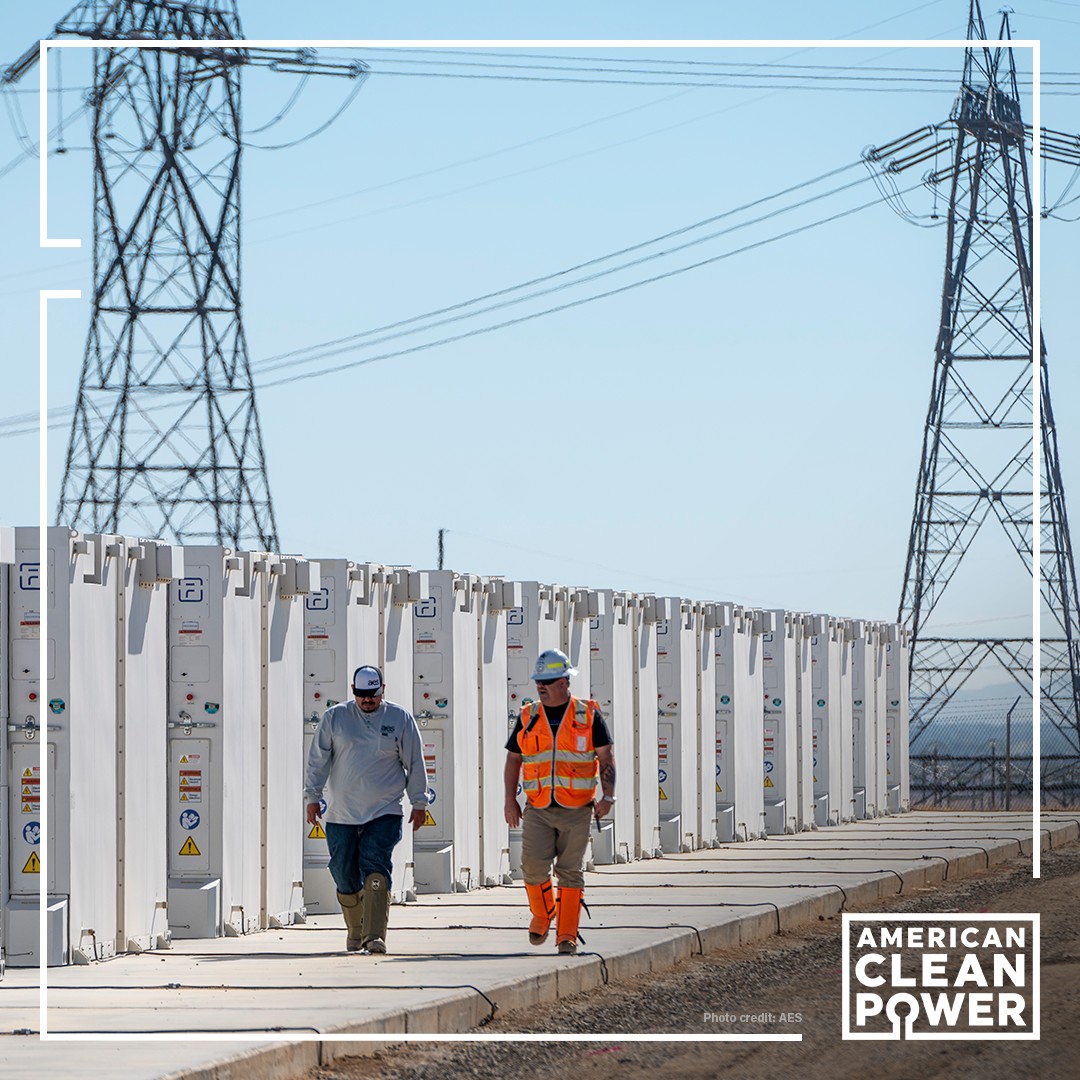
Photo Courtesy American Clean Power Association
The clean energy revolution has provided tangible benefits for the entire country. Throughout 2024, 48 states added at least one utility-scale renewable project. Mississippi, Arkansas, and Louisiana were particularly notable, entering the top fifteen for clean power project additions. Last year, Mississippi added ten times the capacity it had in the previous year. By the end of the year, clean power projects were located in all 50 states. More specifically, seventeen states had at least 5 GW of clean power installed, and 20 states generated at least 16% of their electricity from clean power sources. However, conservative areas have seen the most impact. 77% of clean energy capacity added in 2024 was in red districts. By the end of the year, 79% of American clean power capacity was located in districts represented by Republicans, and 92% of Republican-held districts had at least one clean power project.
Meanwhile, the manufacturing sector has seen particular success through the clean energy transition. Forty-five new or upgraded manufacturing facilities launched operations during the year, equivalent to $9 billion in investment. “Total construction spending has almost tripled in the U.S. since 2020 and is more than six times what it was 20 years ago,” ACP noted. 84% of the new or expanded factories are located in Republican states. As a result of these additions, there were 193 operational plants at the end of the year. An additional 180 facilities were in the development pipeline, which will support more than 91,000 direct jobs when they are up and running.

